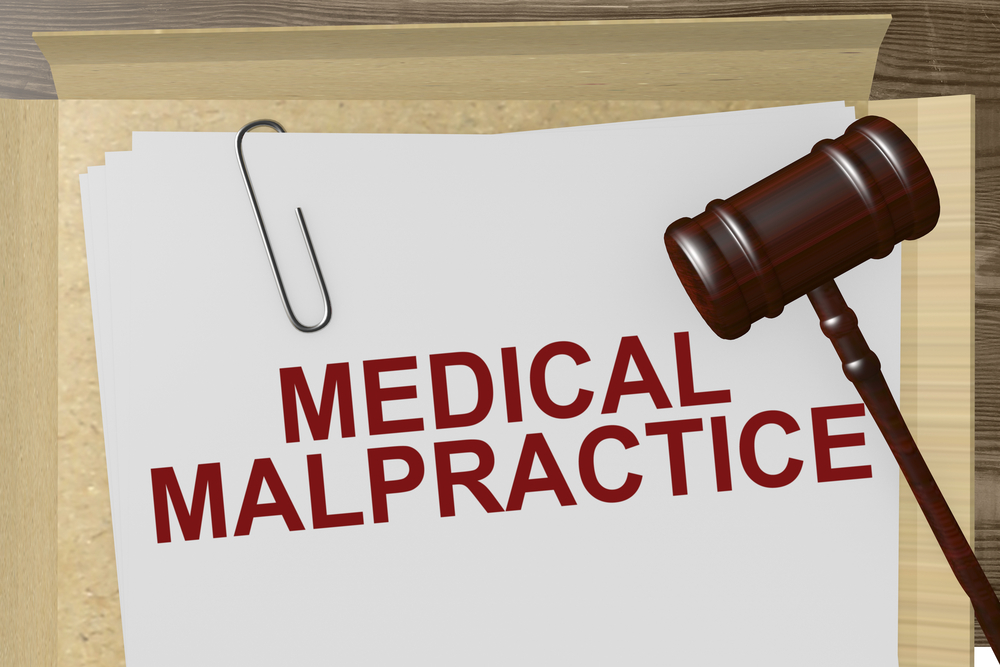Mark Kopec Now
Baltimore Medical Malpractice Lawyer
The Kopec Law Firm Is The 100% Medical Malpractice Law Firm in Baltimore
The Kopec Law Firm is happy to provide you with all of the information and resources that you will need for your Maryland medical malpractice case. You will not find the materials on this website anywhere else. As your Baltimore medical malpractice lawyer, we provide you with:
Resources
- Answers to the Frequently Asked Questions (FAQs) we get from our clients. Read the answers on our homepage.
- Information concerning the free consultation you will have directly with Baltimore Medical Malpractice Lawyer Mark Kopec. You can watch a video or read about it.
- Discussion of what is medical malpractice. Read below on this page or watch the video.
- Specialty webpages for over 50 specific types of medical malpractice. You can find them at the bottom of the pages on each of the 5 categories: Birth Injury, Emergency Room, Misdiagnosis, Surgical Error, and Wrongful Death. The links are also at the bottom of this webpage.
- Webpages for specific types of Doctors by specialty.
- Explanation of the Process of a Maryland medical malpractice case. There you will find individual pages for each of the twelve phases of the investigation and pursuit of your Maryland medical malpractice lawsuit.
- The Baltimore Medical Malpractice Lawyer Blog gives you weekly updates and analysis of Maryland court opinions. In these posts, you can read about legal issues that affect your case.
- Additional Resources: This webpage gives you links to many other resources to help you with your Maryland medical malpractice lawsuit. They include:
- How to look up doctors to see if they have been sued before
- Where to find Articles on medical malpractice topics
- How to file administrative complaints against medical providers
- Where to go for help with medical insurance
- Free power of attorney forms
- How to request medical records, death certificates, and autopsies.
What Is Medical Malpractice?
Medical malpractice is a doctor’s failure to comply with professional standards that causes an injury. Each of these components has more details.
In Maryland, the general principles that govern negligence also apply to medical malpractice. The medical malpractice attorney must establish:
- Duty: The defendant was under a duty to protect the plaintiff from injury;
- Breach: Defendant breached the duty;
- Damage: Then the plaintiff suffered injury or loss; and
- Causation: The loss or injury proximately resulted from the defendant’s breach of duty.
At the Kopec Law Firm, your Baltimore medical malpractice lawyer will analyze each of these components of your case.

Duty: Physician-Patient Relationship
In medical malpractice, duty concerns the existence of a physician-patient relationship. Contract principles govern the relationship, and duty can be express or implied.
The parties do not dispute the duty element in many potential medical malpractice cases. The physician and patient establish the relationship when the patient goes to a doctor or hospital and seeks evaluation or treatment. The doctor or hospital agrees to see the patient on their established terms, usually including payment by the patient and insurance.
However, there are rare times when the medical malpractice attorney encounters opposition to the element of duty. Although these situations are highly fact-dependent, Maryland has set some general principles to govern. One situation involves on-call doctors. For example, Maryland has held that an on-call doctor who did not accept a patient, did not consult with the treating doctor, and did not treat the patient, did not have a duty to the patient.
In addition, a hospital that accepts the transfer of a patient from an unaffiliated hospital does not have a duty to the patient, where the accepting hospital confirms a diagnosis and the appropriate treatment, but the sending hospital retains control over the decision-making for the patient.
Breach: Standard of Care
A breach of duty occurs when a doctor fails to comply with the standard of care. The standard of care is the standard of practice among members of the same healthcare profession, with similar training and experience, situated in the same or similar communities, at the time of the alleged malpractice. CJP 3-2A-02(c)(1).
Accordingly, the standard of care in a medical malpractice case provides the guidelines for evaluating the defendant doctor’s treatment of the plaintiff. There are several components to the standard of care.
Standard of Care Requirement: Similar Training and Experience
Firstly, there is the requirement that the standard has to relate to doctors who have similar training and experience as the defendant. The medical field in the USA has over 160 specialties and subspecialties ranging from broad to narrow. An example of a broad specialty is general surgery. General surgeons can treat a variety of conditions. They include hernias, gallstones, appendicitis, breast tumors, thyroid conditions, pancreatitis, bowel obstructions, colon problems, and other conditions.
Conversely, an example of a narrow specialty is pediatric cardiac anesthesiology. This subspecialty focuses on children, a limited part of the patient population. It also concerns only a particular type of procedure for children relating to the heart.
Each specialty and subspecialty specifically has its own training requirements. As a result, a doctor’s treatment in a medical malpractice case is to be evaluated by the standard that applies to doctors with similar training and experience. Some applications are obvious, and then others are more nuanced. For example, a podiatrist’s practice will not provide the standard for an OB/GYN delivering a baby. However, there are times when different specialties administer the same treatments. For instance, angioplasty uses a balloon to open coronary arteries blocked by disease. Two specialties can perform this procedure: interventional cardiologist and interventional radiologist. Each has different training and experience, but there can be overlap concerning angioplasty procedures.
Standard of Care Requirement: Same of Similar Communities
The medical malpractice lawyer must also meet another requirement of the standard of care. It relates to the same or similar communities. Over the years, modern medical training in the USA has become uniform concerning many specialties. It is common for doctors to go to medical school in one part of the country, do their residency training in another, and ultimately work in a different area of the country. As a result, even when there are substantial differences in communities, for primary specialties such as general surgery or internal medicine, community differences are unlikely to result in different standards of care.
However, there can be differences in the standard when other communities have differently sized hospitals. A small rural hospital may not have the subspecialties that a larger urban hospital has. As a result, different standards of care may apply to each of them, even if the patient presentation is the same.
For discussion of Maryland medical malpractice cases involving the standard of case and related issues, see the following posts on the Maryland Medical Malpractice Lawyer Blog:
- The defendant’s policies do not control the standard of care
- The standard of care owed by ambulance EMTs to patients is a heightened standard of gross negligence.
- Another type of claim is informed consent.
- Health care providers may have statutory immunity during a state of emergency
Damage
The Maryland medical malpractice lawyer can seek for the victim compensatory damages in the following categories:
Noneconomic damages: The injured can recover for pain, suffering, inconvenience, physical impairment, disfigurement, and loss of consortium. The plaintiff can recover these damages for the past and future.
Economic damages: The victim can recover for medical bills, other care needs, and lost wages. The plaintiff can obtain these for the past and future.
Maryland has a cap on noneconomic damages in medical malpractice cases. CJP 3-2A-09. It adjusts annually. In 2025, the cap for a medical malpractice claim is $905,000. There is no cap on economic damages.
There are limited occasions when the cap does not apply. For example, if the medical malpractice occurred in another state and the medical malpractice lawyer sues the doctor in Maryland because he lives or does business here, choice of law principles may prevent application of the cap.
Maryland has a separate law dedicated to wrongful death, which provides who can bring an action and the available damages.
You can also read more about Maryland cases that have involved issues on damages in the Blog. Posts that specifically address damages include Williams v. Dimensions and Rivera v. Hall.
Causation
The Maryland medical malpractice lawyer then must prove that the injury or loss proximately resulted from the doctor’s breach of the standard of care. The plaintiff usually needs a medical expert witness to connect the defendant’s action to the plaintiff’s injury.
For examples of legal issues involving causation in Maryland cases, visit our Blog post in Dackman v. Fisher and Browne v. State Farm.
Types of Medical Malpractice Pursued by Baltimore Medical Malpractice Lawyer Mark Kopec
Medical malpractice can occur in a variety of settings. The Practice Area section of this website has a page devoted to each of the following five categories that your medical malpractice lawyer at the Kopec Law Firm regularly handles:
- Surgical Error
- Misdiagnosis
- Wrongful Death
- Birth Injury (Cerebral Palsy and brain damage, Erb’s Palsy)
- Emergency Room (ER)
Below are links to many specific areas of medical malpractice within each of the above practice areas.
You can also access the Additional Resources for your Maryland medical malpractice case.
Next Step: Free Consultation with Baltimore Medical Malpractice Lawyer Mark Kopec
Now you know what medical malpractice is, visit the free consultation page or video. Then contact the Kopec Law Firm at 800-604-0704 to speak directly with Attorney Mark Kopec. He is a top-rated Baltimore medical malpractice lawyer. The Kopec Law Firm is in Baltimore and pursues cases throughout Maryland and Washington, D.C.





